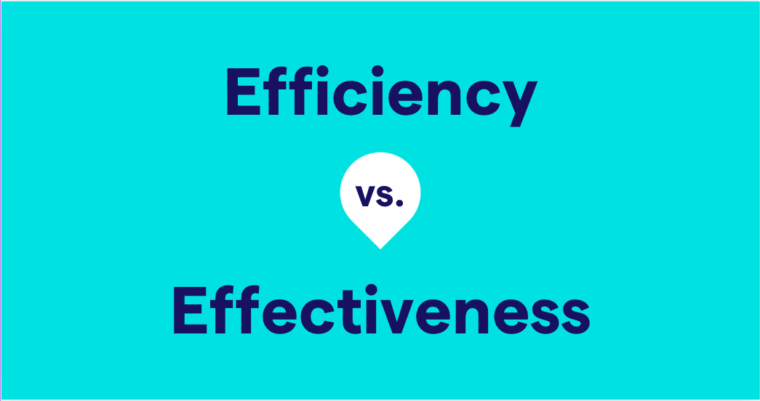
Homonyms are one thing that can make English tricky. They aren’t limited to English—just about every language has them, and in every language that features them, homonyms are defined as the same word with different meanings.
What is the same word with a different meaning?
Homonyms are defined as one of two or more words that are spelled and pronounced alike but have different meanings. When two words with different meanings are spelled the same way, pronounced the same way, or both, they are known as homonyms.
Think about the word train. It could be:
- A noun that describes a locomotive that transports passengers and/or freight
- A verb that describes the process of learning skills through instruction and practice
Both uses of train are homonyms (pronounced haa–muh–nims). With homonyms, the words are technically considered two distinct words that happen to be spelled and/or pronounced the same way—rather than a single word that has different meanings. Put a different way, the noun train is a homonym of the verb train.
Homonyms are not limited to having only two meanings. Some words have long lists of homonyms. One example is the word spring, which can be:
- A noun that names the season that follows winter and precedes summer
- I plant flowers every spring.
- A verb that describes the action of suddenly jolting forward
- They watched the frog spring out of the box.
- A verb that describes paying for something out of the ordinary, often as a gift
- I didn’t expect him to spring for a new laptop.
- A noun that describes a metal coil used to exert tension or absorb shock
- She has to replace a spring on her bicycle.
- A noun that describes an origination point
- Our school is a spring of creativity.
- A verb that describes an origination
- Ingenuity springs from challenging circumstances.
- A noun that describes an underground water source
- The region is known for its numerous hot springs.
What are homophones and homographs?
Homophones and homographs are two subtypes of homonyms. Although all three —homonyms, homophones, and homographs—refer to words with shared sounds or shared spellings or both, there are a few key differences between them.
Homophones are pairs and groups of words that are pronounced the same way but have different definitions. Sometimes they are spelled differently, and sometimes they are spelled the same. The defining trait for homophones is that they are pronounced the same. Here are a few homophone examples:
- Aloud and allowed
- Week and weak
- Read and reed
- Sweet and suite
- There, their, and they’re
- To, two, and too
- Palate and palette
Homographs are words that are spelled the same but have different meanings. They are sometimes pronounced differently and sometimes pronounced the same. Take a look at these homograph examples:
- Desert, a noun with emphasis on the first syllable, is an arid landscape characterized by a lack of vegetation.
- Desert is a verb with emphasis on the second syllable that means “to abandon something or someone in a disloyal manner.”
- Close, an adjective that rhymes with dose, describes a nearby object or event.
- Close, a verb that rhymes with nose, means “to shut something, often a door or lid.”
How can you tell homonyms apart?
Because homonyms are spelled the same or pronounced the same or both, it can be easy to get confused when you read them in text or hear them spoken aloud. So how can you determine which word a speaker or writer meant?
The answer is context clues.
In most cases, homonyms’ definitions are very different from each other. By understanding a sentence’s meaning, the correct word often becomes obvious. Take a look at this example:
She sent her girlfriend a rose.
Although the word rose can mean either a type of flower or the past tense of rise, this sentence’s context makes it clear that the rose in question is a flower. When you’re using context clues to understand a word’s meaning, it can be helpful to determine which part of speech the unknown word is. In our example sentence, we can safely assume the word rose is a noun because it wouldn’t make sense to gift somebody a verb, an adjective, or an adverb.
Looking for the part of speech isn’t always the key to decoding homonyms though. Sometimes homonyms are the same part of speech. For example, trunk refers to an elephant’s facial appendage, while trunk also refers to the rear storage compartment of a car (both are nouns). Take a look at this sentence:
There’s probably water in the trunk.
Did an elephant take up some water in its trunk to drink, or is there water in a car’s trunk? From this sentence alone, we can’t tell. In this case, you’d need to look for context clues in the sentences that come before and after the one that contains the unknown word.
Homonym Examples
Bark: The hard protective covering of a tree (noun) Bark: The sound a dog makes (noun)
Bear: A type of large, omnivorous mammal (noun) Bear: To carry the weight of an object, either literally or figuratively (verb) (Homophone) Bare: Not clothed or covered (adjective)
Bow: A decorative accessory made of ribbon or string (noun) Bow: The portion of a string instrument, such as a cello or violin, that is pulled across the strings to create sound (noun)
Duck: A category of bird species characterized by broad bills, webbed feet, and swimming ability (noun) Duck: To quickly stoop down, often to avoid impact (verb)
Key: Small metal device used to unlock doors and padlocks (noun) Key: Critically important (adjective)
Lead: A toxic, pliable material that was once found in paint and many other products (noun) (Homograph) Lead: To guide another through a path or process (verb)
Left: The opposite direction to right (adjective) Left: Past tense of leave (verb)
Light: A source of glowing or brightness (noun) Light: To illuminate the darkness (verb)
Right: The opposite direction to left (adjective) Right: To restore an object to its upright or otherwise correct position (verb) Right: Morally justified; acceptable (adjective) Right: A moral or legal entitlement (noun)
Rock: To sway an object or person back and forth in a gentle manner (verb) Rock: A solid mineral that composes a large portion of Earth’s surface (noun)
Shoe: Article of protective clothing worn on the feet (noun) (Homophone) Shoo: To brush or cast away (verb)
To: Motion toward an object or a state of being (preposition) (Homophone) Too: To a degree that is higher than legal or acceptable (adverb) Too: In addition to (adverb)
Same word different meaning FAQs
What is the same word with a different meaning?
When two words with different meanings are spelled the same or pronounced the same or both, they’re known as homonyms.
How do you tell the words apart?
To tell the difference between homonyms, use context clues. This includes looking for the part of speech a word appears to be and the other words used in the same sentence.
What are the different kinds of homonyms?
- Homonyms: Words with different meanings that are spelled the same, pronounced the same, or both.
- Homophones: Words with different meanings that are pronounced the same way and may or may not be spelled the same way.
- Homographs: Words with different meanings that are spelled the same way and may or may not be pronounced the same way.






